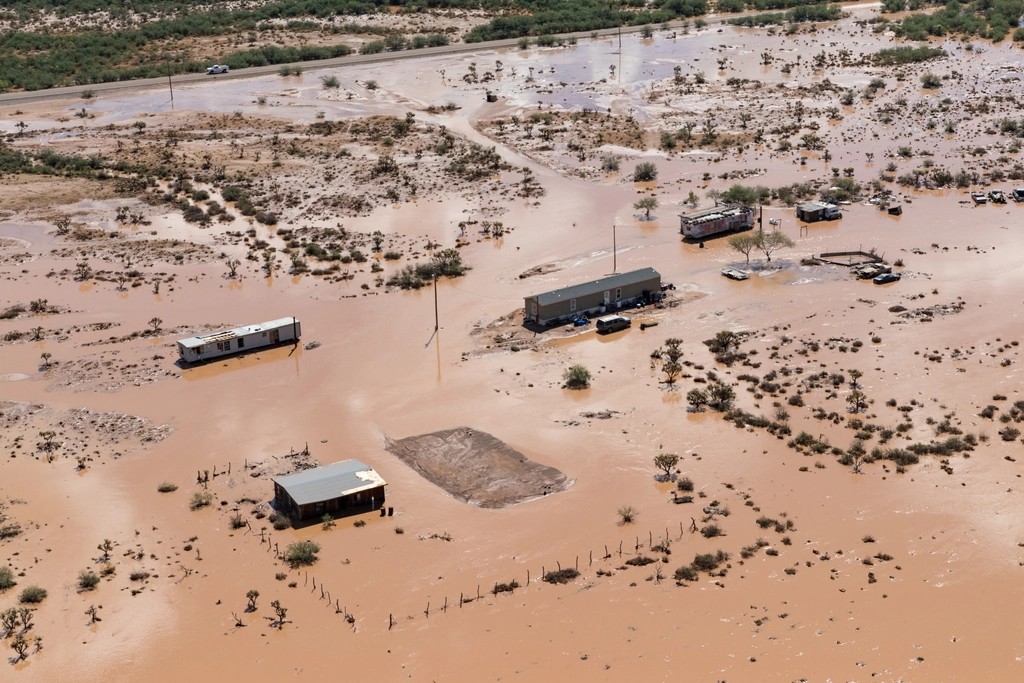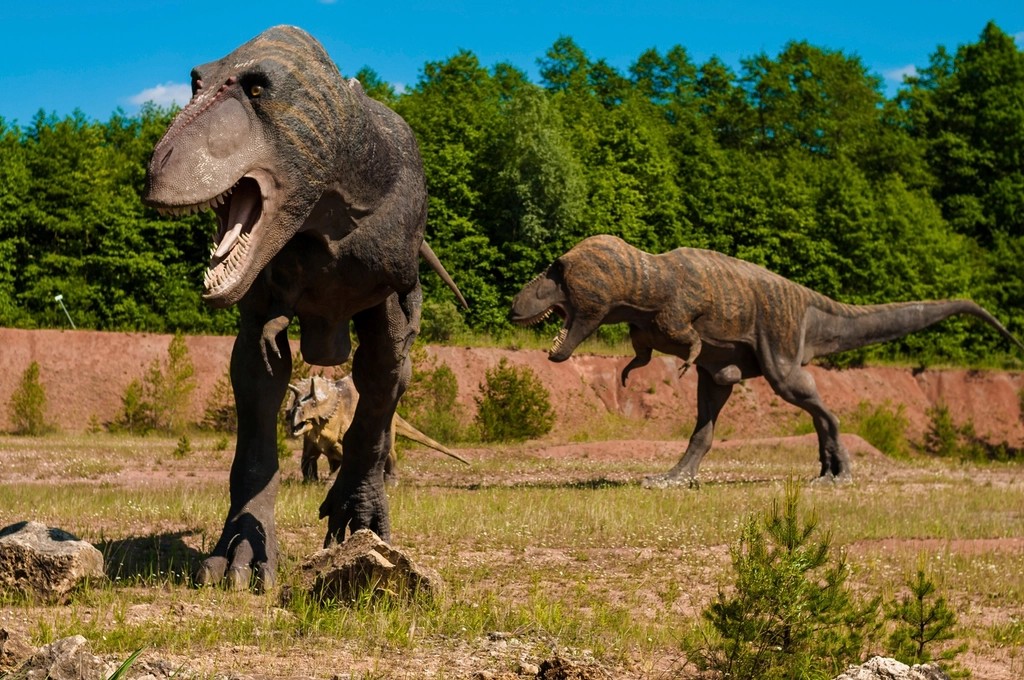You stand witness to nature’s most confusing performance. One day brings scorching drought, the next unleashes catastrophic floods. Winter temperatures plummet to record lows, then spike to unseasonable warmth within weeks. This isn’t your grandmother’s predictable seasons anymore.
Welcome to the era of climate whiplash, where wild swings between weather extremes are becoming increasingly frequent and severe. Scientists across the globe are scrambling to understand this phenomenon that’s reshaping everything from agriculture to urban planning. The question isn’t whether you’ll experience these dramatic weather shifts, but who’s stepping up to manage the chaos.
Understanding the Whiplash Effect
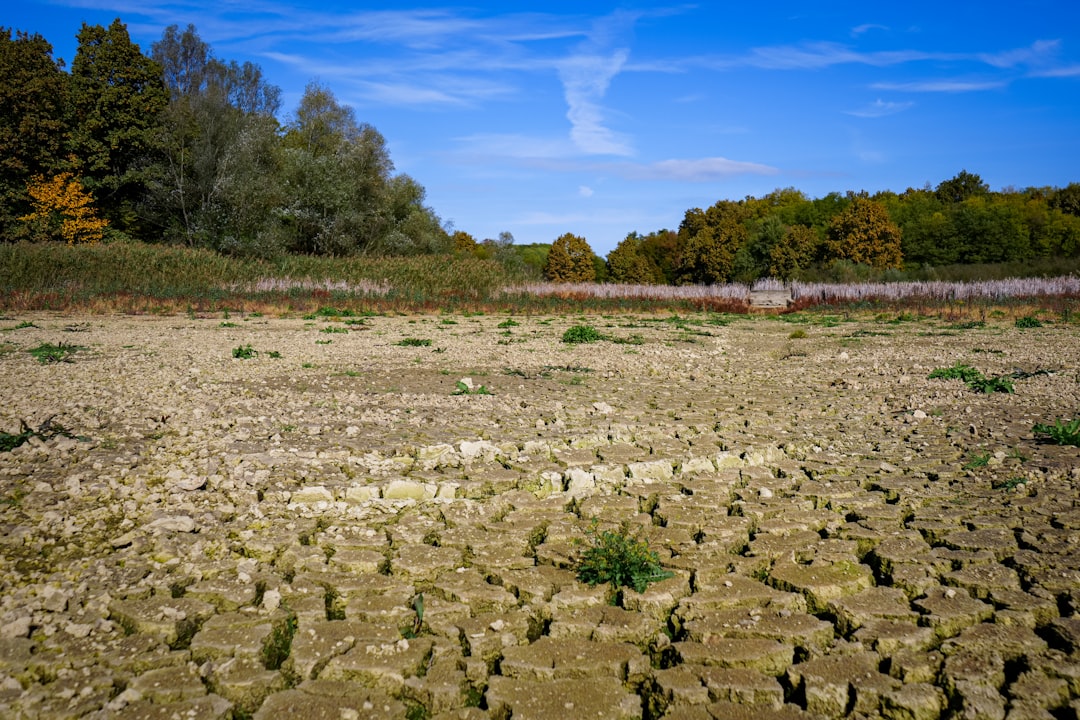
Climate whiplash describes abrupt transitions from one persistent weather regime to another substantially different one, such as from a frigid cold spell to anomalous warmth. Think of California’s recent experience as a perfect example. From 2011 to 2016, the state endured five years of extreme drought followed by the extremely wet winter of 2016-2017, when the state experienced exceptionally heavy rainfall.
The phenomenon goes beyond simple weather variability. Researchers define a weather whiplash event as a long-lived pattern in upper-level atmospheric circulation that shifts abruptly over 1-3 days to a substantially different pattern, bringing a stark end to persistent weather conditions throughout entire regions. These events are often highly disruptive to agriculture, ecosystems, infrastructure, and human activities.
What makes this particularly dangerous is the speed of change. The sudden transition from one extreme to the other causes more harm than the individual events alone, affecting agriculture, infrastructure, biodiversity and human health. You’re not just dealing with a drought or a flood anymore; you’re facing the compounded damage of both in rapid succession.
The Global Regulatory Framework
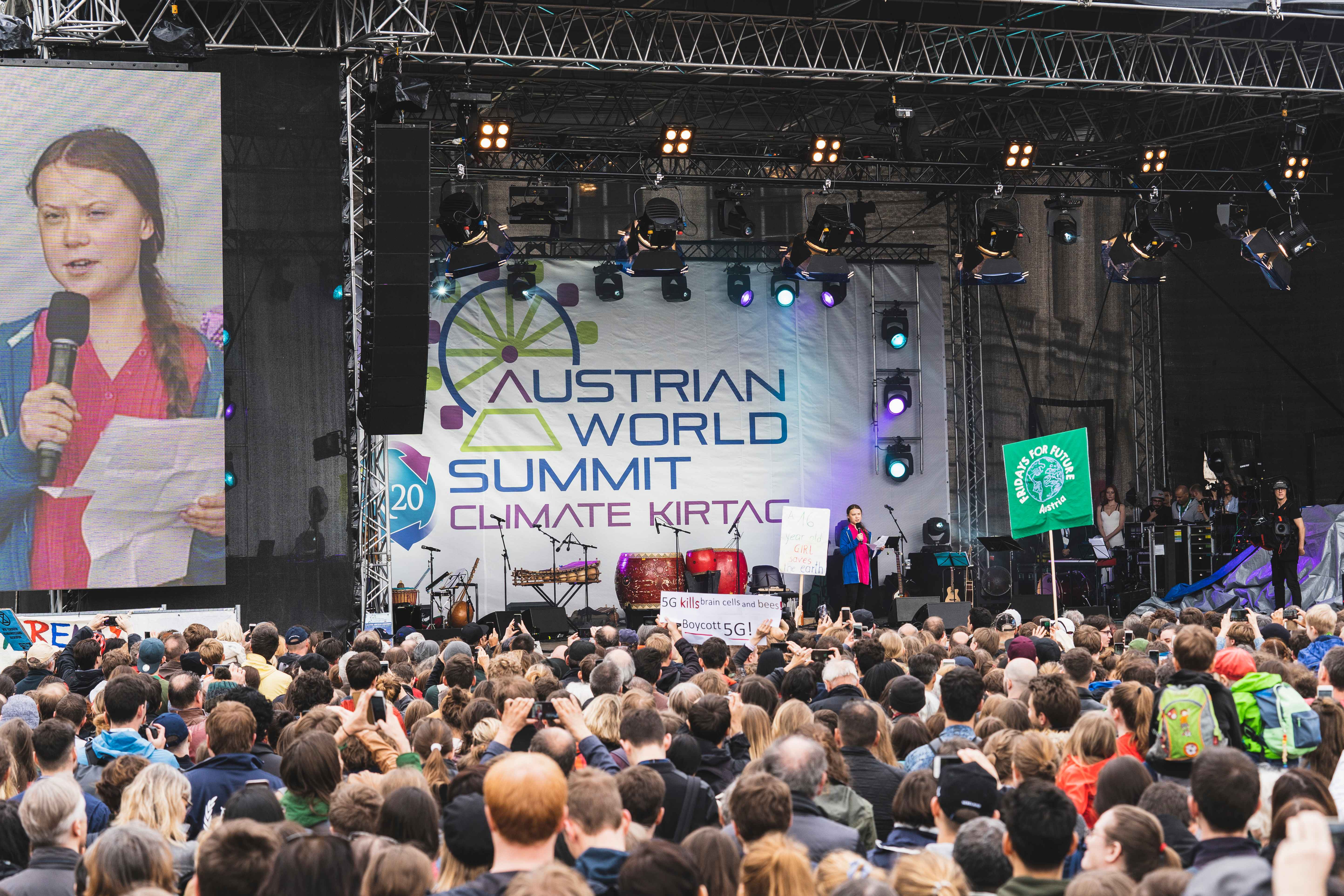
When it comes to climate regulation, several key players coordinate the international response. The Intergovernmental Panel on Climate Change (IPCC) is an intergovernmental body of the United Nations whose job is to provide governments at all levels with scientific information that they can use to develop climate policies. Created by the United Nations Environment Programme and the World Meteorological Organization in 1988, the IPCC has 195 Member countries.
The World Meteorological Organization (WMO) serves as a specialized agency of the United Nations responsible for promoting international cooperation on atmospheric science, climatology, hydrology and geophysics. The WMO is made up of 193 countries and territories, facilitating the free and unrestricted exchange of data, information, and research. This becomes crucial when tracking whiplash events across borders.
The Conference of the Parties (COP) serves as the decision-making body of the United Nations Framework Convention on Climate Change (UNFCCC). At COP21 in 2015 in Paris, all UNFCCC Parties adopted the Paris Agreement: the first ever universal, legally binding global climate agreement. They agreed to limit the global temperature increase from the industrial revolution to 2100 to 2°C while pursuing efforts to limit the increase even further to 1.5°C.
The Science Behind Radiative Forcing
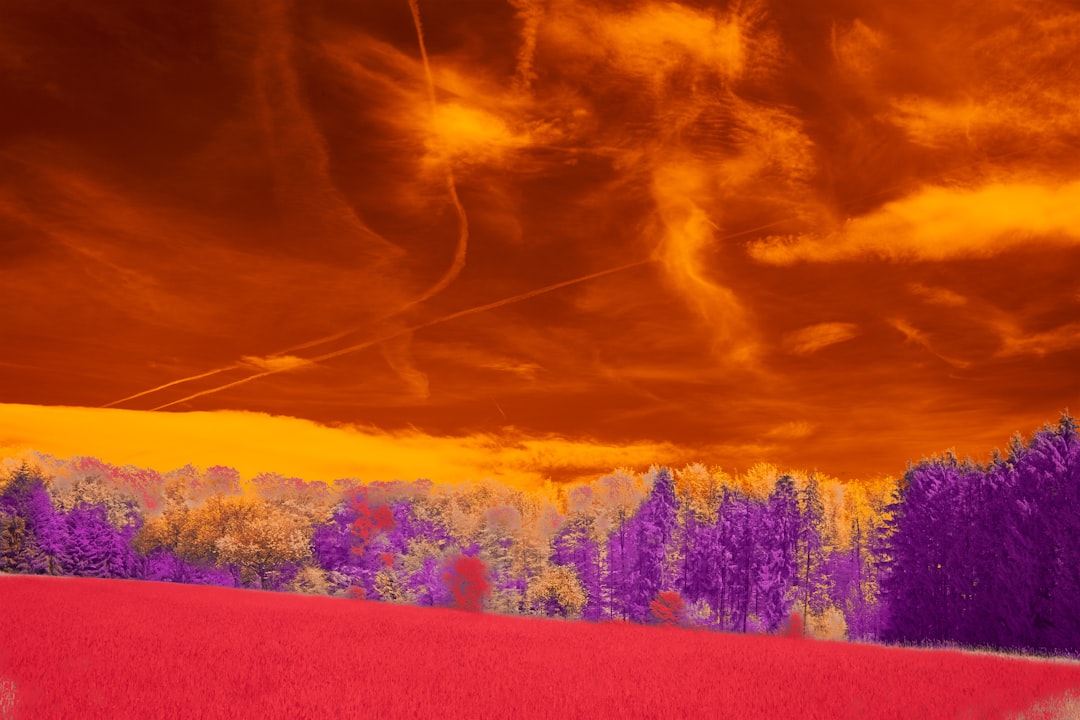
Radiative forcing is what happens when the amount of energy that enters Earth’s atmosphere is different from the amount of energy that leaves it. This is called radiative forcing because the difference in energy can force changes in Earth’s climate. Radiative forcing is a concept used to quantify a change to the balance of energy flowing through a planetary atmosphere, defined as the change in the net radiative flux due to a change in an external driver of climate change.
The IPCC summarized the current scientific consensus about radiative forcing changes: Human-caused radiative forcing of 2.72 W/m² in 2019 relative to 1750 has warmed the climate system. This warming is mainly due to increased greenhouse gas concentrations, partly reduced by cooling due to increased aerosol concentrations. In 2023, the Annual Greenhouse Gas Index was 1.51, representing a 51 percent increase in radiative forcing since 1990. Of the greenhouse gases, carbon dioxide accounts for by far the largest share of radiative forcing since 1990.
Understanding radiative forcing helps explain why climate whiplash is intensifying. Climate drivers can trigger feedbacks that intensify the original forcing. For example, forcing from increased greenhouse gases also increases evaporation, which increases water vapor in the atmosphere and intensifies the forcing from greenhouse gases.
Atmospheric Circulation Disruptions
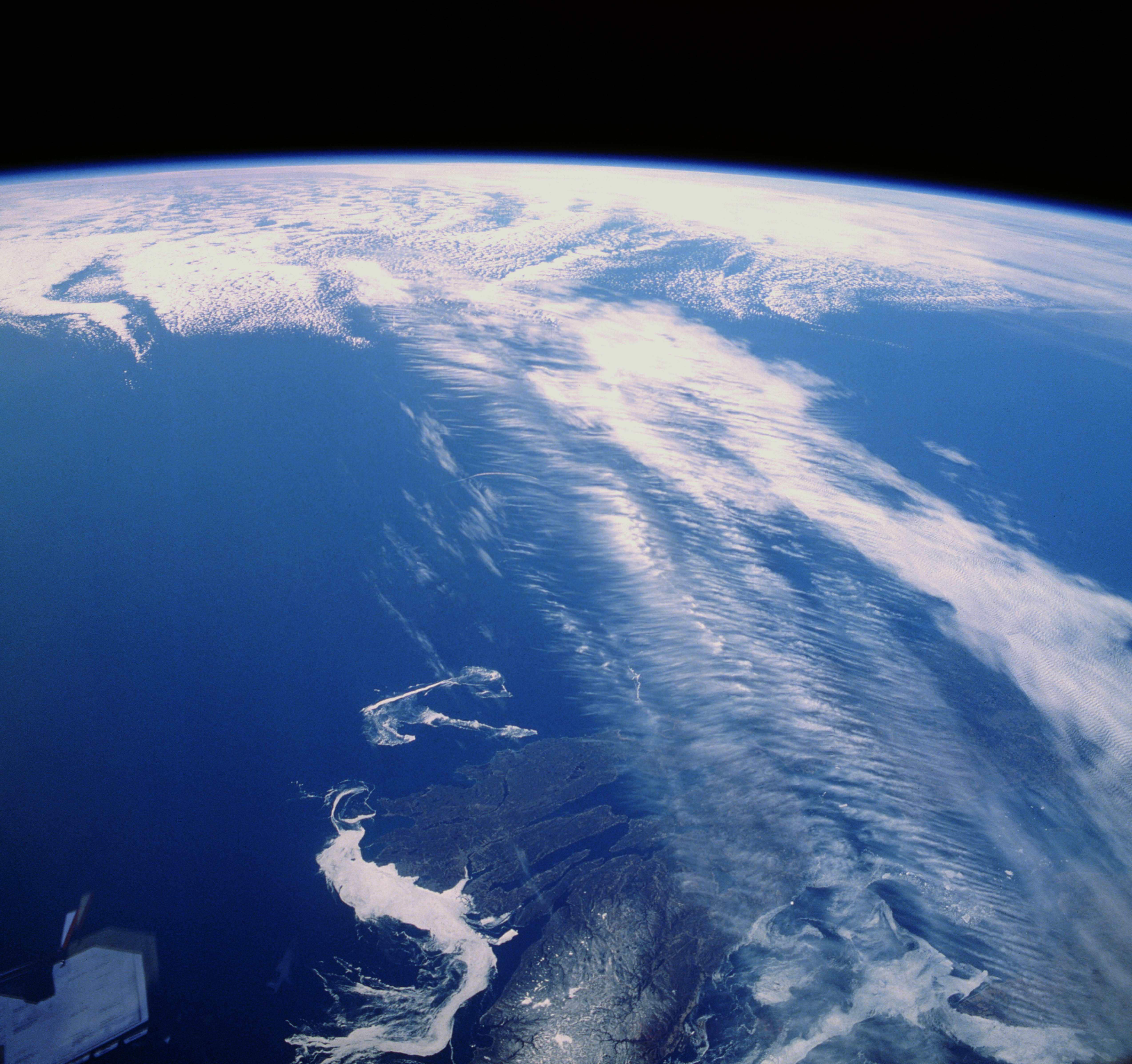
Experts say one cause of climate whiplash may be warming-related disruptions in the polar vortex, which in turn affects the jet stream. The vortex is a wall of wind that constantly circles the Arctic and prevents warm air from penetrating the cold regions, and cold air from moving south. Climatologist Judah Cohen and others proposed climate change in the Arctic was causing the vortex to waver, bringing cold air south to the Midwestern United States, which was then replaced by warm tropical air. They said this would increase the frequency of such whiplash in the future.
The short answer to why there’s an increase in climate whiplash events is global warming. Rising temperatures are disrupting key drivers such as the jet stream and the polar vortex, changing our weather patterns. Tree ring samples taken from various locations show that the jet stream has become far more variable in the last six decades and more extreme in its positions, which results in more severe climate events and rapid shifting between extremes.
Researchers find consistent increases in weather whiplash events originating in patterns with an anomalously warm Arctic and decreases in cold-Arctic patterns. This pattern suggests a clear connection between Arctic warming and the destabilization of global weather systems.
Regional Whiplash Patterns and Impacts
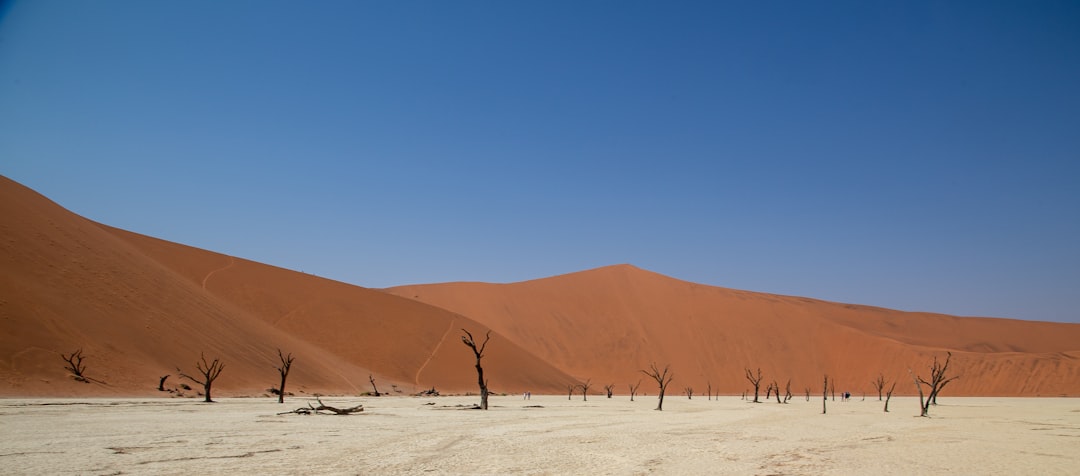
California serves as ground zero for understanding whiplash impacts. The massive wildfires currently burning in Southern California followed two years of excessive rainfall, the hottest summer on record, major flooding that refilled a historic lake in the Central Valley, and the most severe drought in recorded history, all in the last decade. New research cements the idea that California’s weather whiplash is increasing as the atmosphere warms due to human-caused climate change.
Climate scientists found that three-month-scale observations of hydroclimate whiplash are increasing on the high end of the climate model range and that longer-term episodes of hydroclimate whiplash are falling within what climate models have predicted. That might tell us something about why it feels like we are just getting this unrelenting sequence of wet and dry extremes alternating back and forth.
The impacts extend far beyond California. Across India and Pakistan, sudden torrents known as cloudbursts, or rain bombs, unleashed catastrophic floods and landslides that buried entire villages this year. The phenomenon – intense rainfall exceeding 100 millimeters in an hour – has become increasingly deadly in the region’s warming climate. In Pakistan’s Khyber Pakhtunkhwa province, more than 370 people have been killed by the extreme weather phenomenon since August.
Water Systems Under Pressure
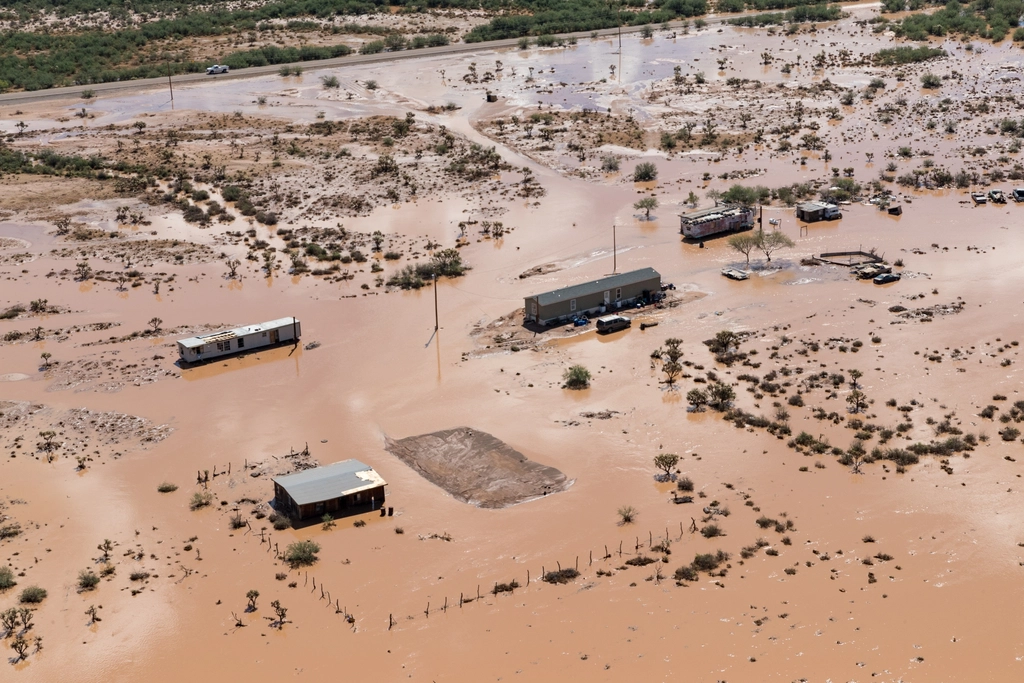
Whiplash is having impacts on water quality in the midwestern U.S., affecting both humans and the natural world. One study showed that nitrogen fertilizers farmers applied to their crops during and after planting stayed in the soil through a drought year. Under more average precipitation scenarios, the nitrogen would be flushed out of the soil during the growing year.
A recent report by the charity WaterAid revealed that extreme fluctuations between floods and droughts are devastating millions of lives. Many cities experience whiplash; droughts that dry up water sources followed closely by floods that overwhelm infrastructure, destroying sanitation systems and contaminating drinking water. This creates a double burden where communities face both water scarcity and water contamination in rapid succession.
Scientists coined a new term: expanding atmospheric sponge, referring to the growing ability of the atmosphere to absorb water and later release it as precipitation. Scientists found that for every degree Celsius the planet warms, the atmosphere can hold 7% more water. This fundamental change in atmospheric capacity explains why you’re seeing more intense droughts followed by more devastating floods.
Future Projections and Technological Responses

Researchers project that by the end of this century, the frequency of these abrupt transitions between wet and dry will increase by 25 percent in Northern California and as much as double in Southern California if greenhouse gasses continue to increase. Climate scientist Daniel Swain said he sees the last decade as a preview of what we should expect to see more of, except that the wettest wets and the driest dries we’ve seen recently are not the wettest wets and the driest dries we will see in the coming decades.
To identify weather whiplash events, researchers are using an AI pattern recognition tool called Self-Organizing Maps (SOMs). The research team uses AI pattern recognition to identify weather whiplash events and explore how they are related to climate change. This tool allows us to analyze real-world data to identify weather whiplash events in the past.
New monitoring systems are providing unprecedented insight into the phenomenon. We now have the first continuous, near-real-time observations of how humans are increasing Earth’s greenhouse effect, developed by NASA and university partners. The research directly demonstrates how human activities are responsible for changing the climate.
Adaptation Strategies and Policy Rerouting
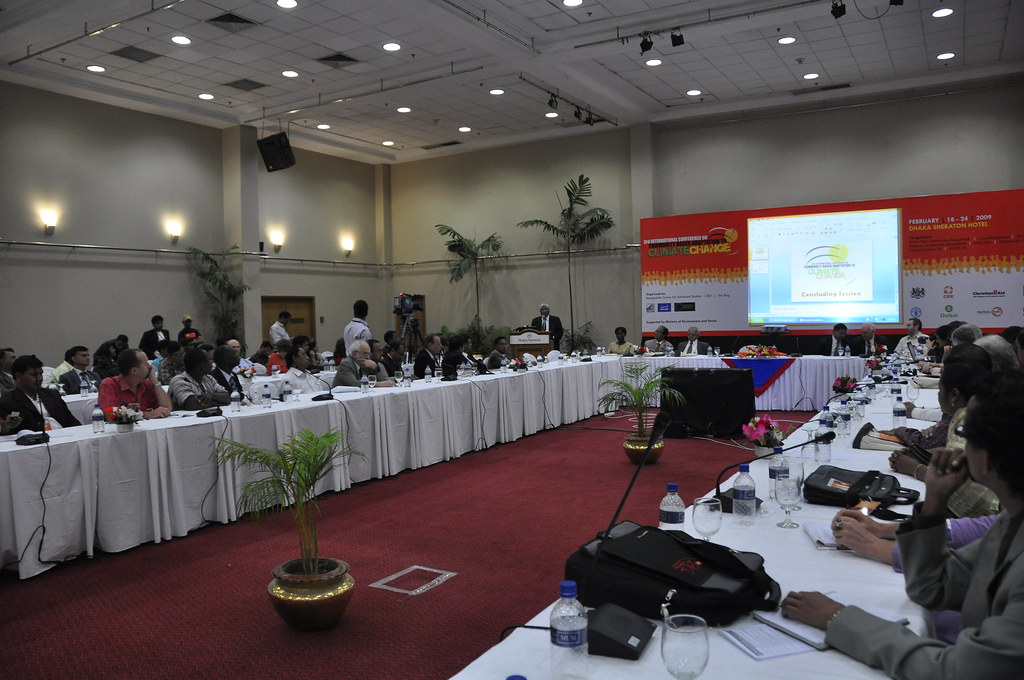
A notable trend in global governance is that non-climate international organizations such as the World Bank and the World Health Organization are increasingly engaging with adaptation. Understanding this puzzle is important given that the actions of international organizations matter for local, national, and international adaptation outcomes. In general, these organizations adopt policies, provide aid, promote rules and norms, act as policy advisors, contribute to setting the domestic political agenda.
However, adaptation funding is scarce: A recent study on climate-related investments shows that in 2017-18 the support for adaptation only slightly exceeded 5 percent of total global climate finance. Funding is, thus, no obvious incentive to engage with adaptation. This funding gap creates significant challenges for communities trying to prepare for increasingly unpredictable weather patterns.
To enable better management of the risks of climate variability and change, organizations are developing climate services that provide climate information in a way that assists decision-making by individuals and organizations. Such services require appropriate engagement along with an effective access mechanism and must respond to user needs. These services become critical when communities face rapid weather transitions.
You’re living through a fundamental shift in Earth’s climate system. Climate whiplash represents more than just unusual weather – it’s a symptom of a planet responding to unprecedented human influence on atmospheric composition. The regulatory frameworks exist, the science is clear, and the impacts are accelerating. Yet the question remains whether global coordination can match the speed at which these extreme weather swings are intensifying. As you experience these dramatic weather shifts firsthand, remember that adaptation isn’t just a policy choice anymore – it’s a survival necessity. What strategies will your community develop to handle the next whiplash event?

